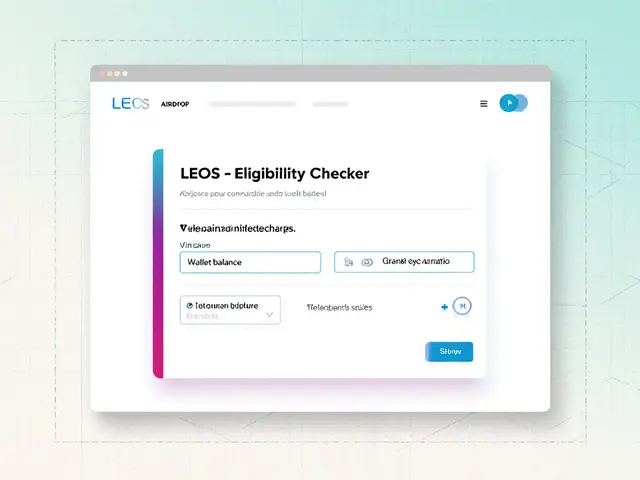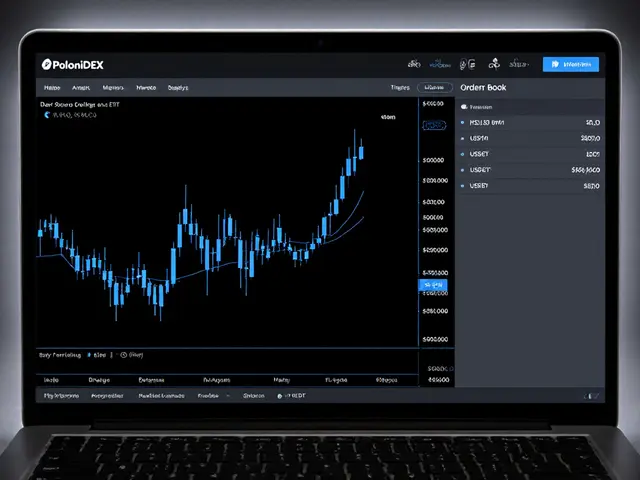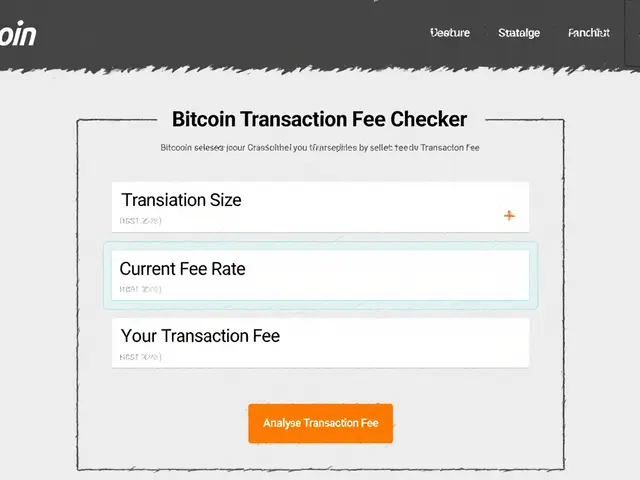LST – Liquid Staking Tokens Overview
When working with LST, Liquid Staking Tokens that represent a user’s staked assets while keeping them tradable. Also known as Liquid Staking Derivatives, they let you earn staking rewards without locking up your coins, which means you can still trade, lend, or provide liquidity. LST bridges the gap between the security of proof‑of‑stake networks and the flexibility of DeFi markets, creating a new layer of capital efficiency.
Key Concepts Around LSTs
One core element behind LSTs is Liquid Staking, the process of delegating tokens to validators while receiving a tradable receipt token. Liquid Staking requires a smart‑contract wrapper that mints the receipt token, and it enables users to keep their exposure to staking rewards while participating in other DeFi activities. Another crucial piece is the Cosmos SDK, a modular framework for building interoperable blockchains. The Cosmos SDK provides the infrastructure many LST projects rely on, such as Quicksilver (QCK), which uses Cosmos zones to handle token minting and redemption. Together, Liquid Staking and the Cosmos SDK facilitate the creation of LSTs, power cross‑chain liquidity, and support yield‑optimizing strategies.
Understanding LST tokenomics is essential before you jump in. Most LSTs follow a 1:1 peg with the underlying staked asset, but the peg can drift due to reward accrual, fees, or slashing events. For example, Quicksilver (QCK) adds accumulated staking rewards to the token’s value, meaning a QCK holder sees a gradual increase in buying power. However, if the underlying validator misbehaves, slashing can reduce the token’s backing, introducing risk. This relationship creates a semantic triple: "LST token value depends on underlying staking rewards and validator performance". Knowing how these variables interact helps you assess risk versus reward.
From a market perspective, LSTs have become a hot topic in DeFi because they unlock capital that would otherwise sit idle. By converting staked coins into liquid assets, users can supply them to lending protocols, provide liquidity on DEXes, or use them as collateral. This extra utility drives demand, which in turn pushes up LST premiums during bull markets. At the same time, heightened demand can attract centralized platforms that offer wrapped LST products, adding another layer of custodial risk. The ecosystem therefore forms another semantic triple: "Increased LST liquidity boosts DeFi yield opportunities, but also raises custodial exposure".
Below you’ll find a curated collection of articles that dive deeper into specific LST projects, risk assessments, and practical how‑to guides. Whether you’re looking to understand the mechanics behind Quicksilver’s liquid staking, compare fee structures across platforms, or explore the regulatory landscape for LSTs, the posts listed after this intro give you the details you need to make informed decisions.
Liquid Staking & DeFi Composability: Unlock Liquidity and Yield Across Chains
Learn how liquid staking creates tradeable tokens, boosts DeFi composability, and offers new yield opportunities while staying secure and compliant.
View More




